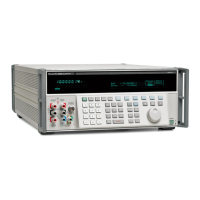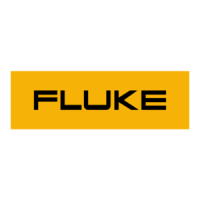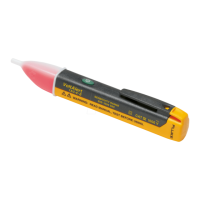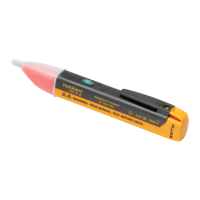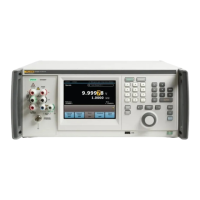5700A/5720A Series II
Operators Manual
5-56
5-41. Definition: Queries and Commands
Messages directed to the calibrator fall naturally into two categories: commands and
queries. Commands instruct the calibrator to do something or to set a value; no response
is expected. Queries generally ask only for information from the calibrator; a response is
always expected. Some queries also require the calibrator to take action. For example, the
*TST? query has the calibrator do a self test, then send the result to the controller. A
query always ends with a question mark. A command never ends with a question mark.
Tables 5-2 and 5-3 do not separate commands and queries; they are all called commands
and are presented together in one alphabetical list.
All query responses are generated instantly on receipt of the query. In other words,
queries generate their output when the calibrator executes the query rather than when the
controller attempts to read the response. The calibrator simply generates the requested
message and places it in an area of memory called the output buffer. When the controller
addresses the calibrator as a talker, the contents of the output buffer are transmitted to the
controller.
Some messages have both query and command forms (e.g., *PUD and *PUD?). In such
cases, the command generally sets the value of a parameter and the query generally
returns the most recent value of the parameter. Some messages are queries only (e.g.,
*IDN?). Some messages are commands only (e.g., *RST).
5-42. Functional Elements Of Commands
Table 5-8 lists the functional elements of commands described by the IEEE-488.2
standard that are used by the calibrator. This table is for those who have a copy of the
standard and want to use it to pursue additional information. The standard provides full
definitions and syntax diagrams for each element.

